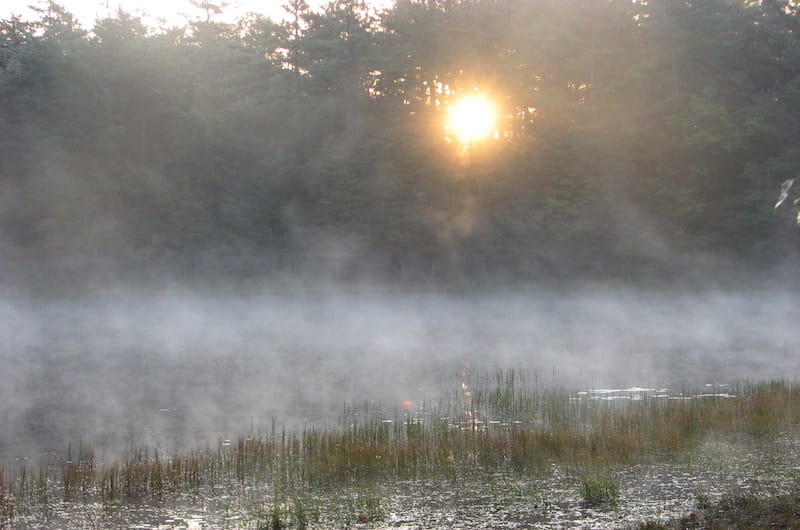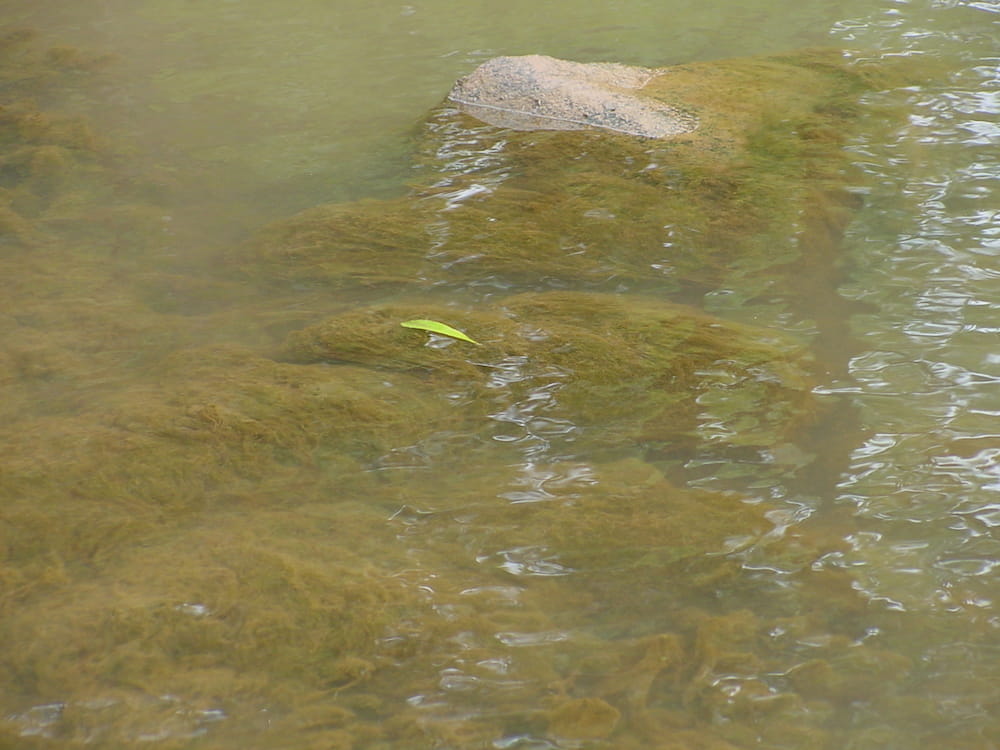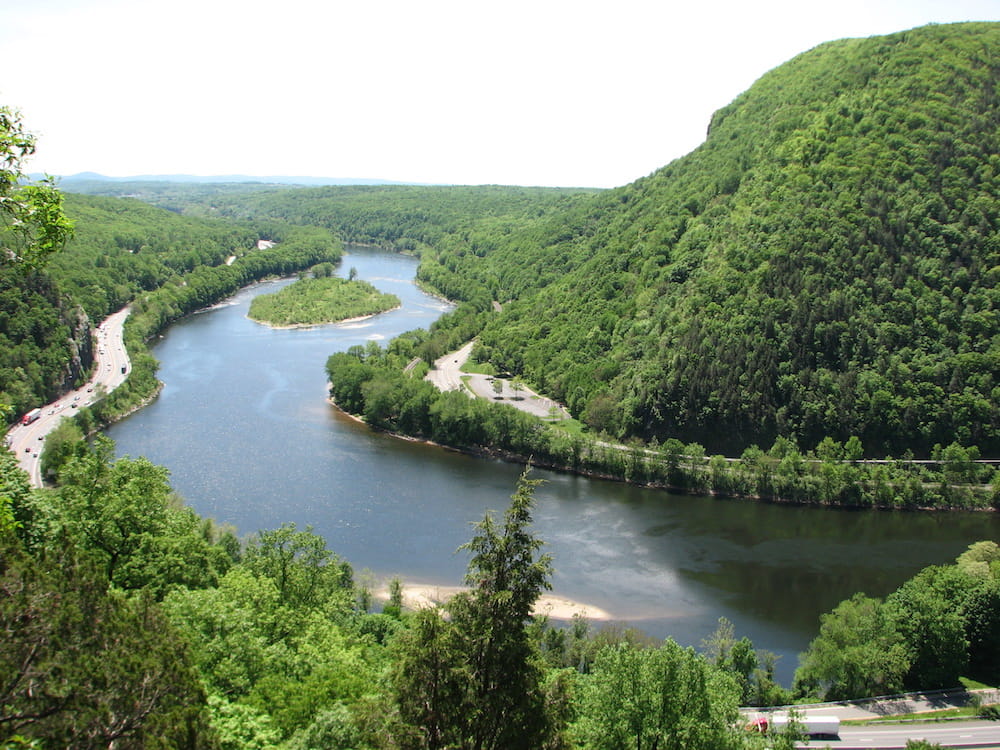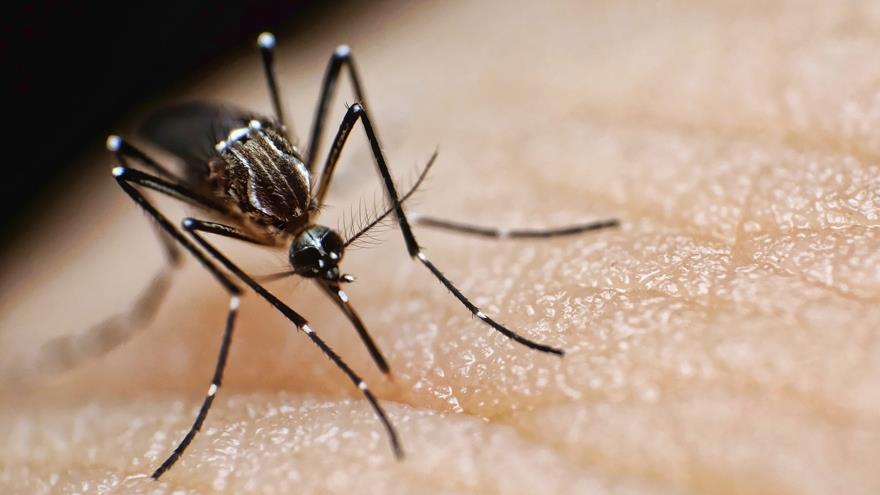Research Finds NJ Numerical Nutrient Criterion Used to Protect Streams is Too High

A new way of measuring the relative habitability of freshwater environments for fish and aquatic insects suggests that New Jersey’s water monitoring and treatment standards could use a boost.
Using a standard they created for measuring potentially damaging nutrient levels in freshwater streams by measuring the prevalence of single-celled algae, called diatoms, researchers from the Academy of Natural Sciences of Drexel University analyzed environmental data from 95 river and stream sites in six ecological regions of New Jersey.
The team’s findings revealed that New Jersey’s current allowable threshold for dissolved nutrients in its streams is likely too high.
These nutrients, such as phosphorus and nitrogen, frequently find their way into bodies of water from surface runoff from agricultural areas and direct discharges from municipal sewage treatment plants.

In aquatic environments, high nutrient levels can have harmful effects, including algal mat growth and low dissolved oxygen levels — which make the environment uninhabitable for fish and macroinvertebrates, like freshwater clams and aquatic insects.
Based on their newly developed approach — using diatoms as a water quality indicator — as part of the standard Biological Condition Gradient system, the researchers found New Jersey’s total phosphorus parameter of 100 micrograms per liter will not protect sites from becoming ecologically impaired. Their research suggests that the threshold for a healthy body of freshwater in New Jersey should be no higher than 50 micrograms per liter, in order to maintain, or restore, most sites to an unimpaired condition.
The research, which used the diatom Biological Condition Gradient the team developed just over two years ago, was published in Ecological Indicators. Coauthors Donald Charles, Andrew P. Tuccillo, a former researcher at the Academy, and Thomas Belton, a research associate at the Academy but who formerly worked at the New Jersey Department of Environmental Protection, conducted the research. Don Charles, PhD, the principal author is a senior scientist at the Academy and former professor in Drexel’s Department of Biodiversity, Earth and Environmental Sciences.

“We’ve learned from previous studies that the diatom Biological Condition Gradient (BCG) can identify nutrient concentration gradient differences to classify unimpaired from impaired sites,” Charles said. “And now we can use the diatom TP (total phosphorus) and TN (total nitrogen) metrics we developed in previous studies that, when partnered with BCG level assignments, can determine if nutrient criteria are met in a particular body of water.”
“Under the Clean Water Act, the United States Environmental Protection Agency and/or the states must develop water quality criteria for pollutants to ensure that ambient water is fishable, swimmable and safe to drink,” said Belton. “New Jersey is one of only a handful of states with ‘numeric criteria’ for nutrients such as phosphorus and nitrogen. The original New Jersey criteria was an educated guess developed in the 1970’s based on an analysis of existing water quality monitoring data.”
To adhere to the Clean Water Act’s call for the restoration and maintenance of the “biological integrity of the nation’s waters,” the U.S Environmental Protection Agency created the Biological Condition Gradient – a scale of six “conditions,” used to categorize the relative quality of a body of water — level six is the most ecologically stressed and level one is “pristine.”
The scale is meant to create a standard for the use of aquatic organisms as an indicator of the health of freshwater environments. State regulatory bodies use the BCG to grade and monitor their water in a comparable manner.
“While biological condition gradients exist for fish and macroinvertebrates – this is the first BCG scale that uses diatoms,” said Charles. “Diatoms have a silica, glass-like infrastructure and exhibit a great deal of ecological sensitivity, which is what makes them the best indicator of nutrient pollution.”
Diatoms are by far the most common group of algae in rivers and streams. And, as a food base for fish and macroinvertebrates, they are very important to the maintenance of healthy ecosystems.

The Academy-based team determined that the prevalence of diatom species correlated with New Jersey’s water quality standards per the BCG system – and that this correlation was consistent across a variety of ecoregions in the mountainous north and sandy southern coastal plains. Which means that a statewide adjustment to the acceptable level of nutrients in water would be appropriate.
Their findings can now be used as a resource for state policymakers to address water quality assessment and enact the necessary adjustments for better monitoring and treatment of streams and rivers.
“Most States only have ‘narrative criteria’ which cautions against levels of nutrients in streams that result in ‘objectionable amounts of algae’ but, don’t specify what levels those might be,” said Belton. “But, our study does exactly that.”
There could be some resistance to changing the existing numeric criteria for water quality – as it will entail limiting the discharger of nutrients, such as those originating from municipal sewage treatment plants. These industries would need to put in place more advanced and expensive treatment processes to meet the more stringent standard.
The researchers conclude that “there is a potential wide-spread applicability of the BCG approach to develop nutrient criteria and to monitor compliance across the U.S. using diatom assemblages.”
The team’s full paper is available, here.
Drexel News is produced by
University Marketing and Communications.
